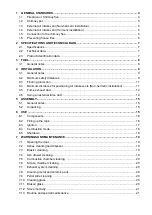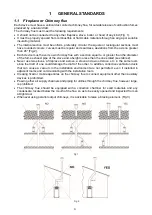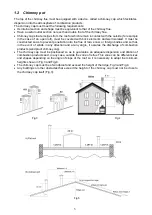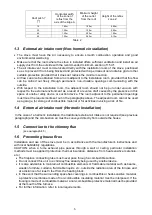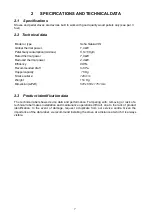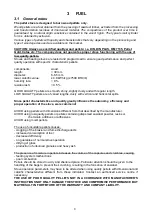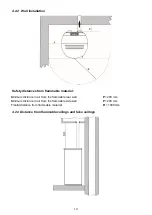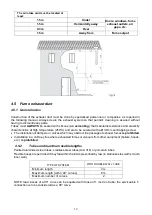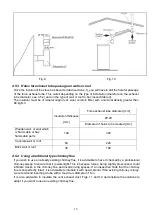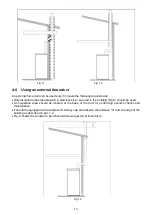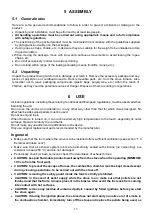
4
1 GENERAL STANDARDS
1.1 Fireplace or Chimney flue
Each device must have a vertical duct, called a chimney flue, for outside release of combustion fumes
produced by a natural draft.
The chimney flue must meet the following requirements:
•
It should not be connected to any other fireplace, stove, boiler, or hood of any kind (Fig. 1).
•
It must be properly spaced from combustible or flammable materials through an air gap or suitable
insulating material.
•
The internal section must be uniform, preferably circular: the square or rectangular sections must
have rounded corners, curves must be regular and seamless, deviations from the axis no greater
than 45° (Fig-2).
•
Each device must have its own chimney flue with a section equal to or greater than the diameter
of the fume exhaust pipe of the stove and a height no less than the one stated (see table 2).
•
Never use two stoves, a fireplace and a stove, a stove and a wood stove, etc. in the same room
since the draft of one could damage the draft of the other. In addition, collective ventilation ducts
that can cause a vacuum in the installation environment are not permitted, even if installed in
adjacent rooms and communicating with the installation room.
•
Creating fixed or mobile apertures on the chimney flue to connect equipment other than auxiliary
devices is prohibited.
•
Passing other air supply channels and piping for utilities through the chimney flue, however large,
is prohibited.
•
The chimney flue should be equipped with a collection chamber for solid materials and any
condensate, located below the mouth of the flue, so as to be easily opened and inspected from an
airtight door.
•
Whenever using parallel output chimneys, it is advisable to raise a bracing element. (Fig.3)
Fig 1
Fig 2



